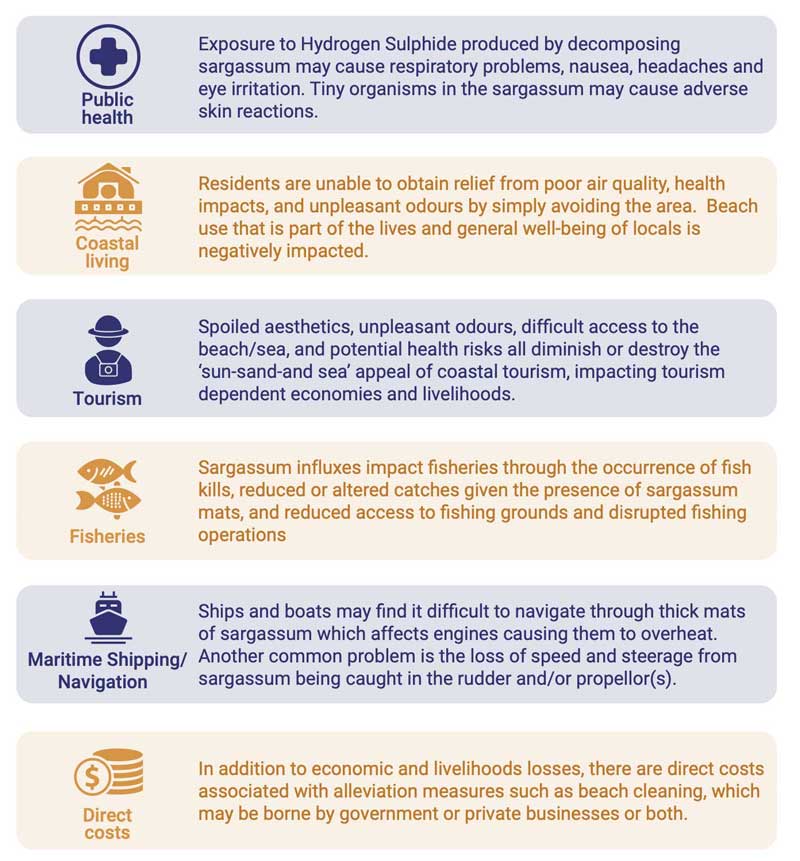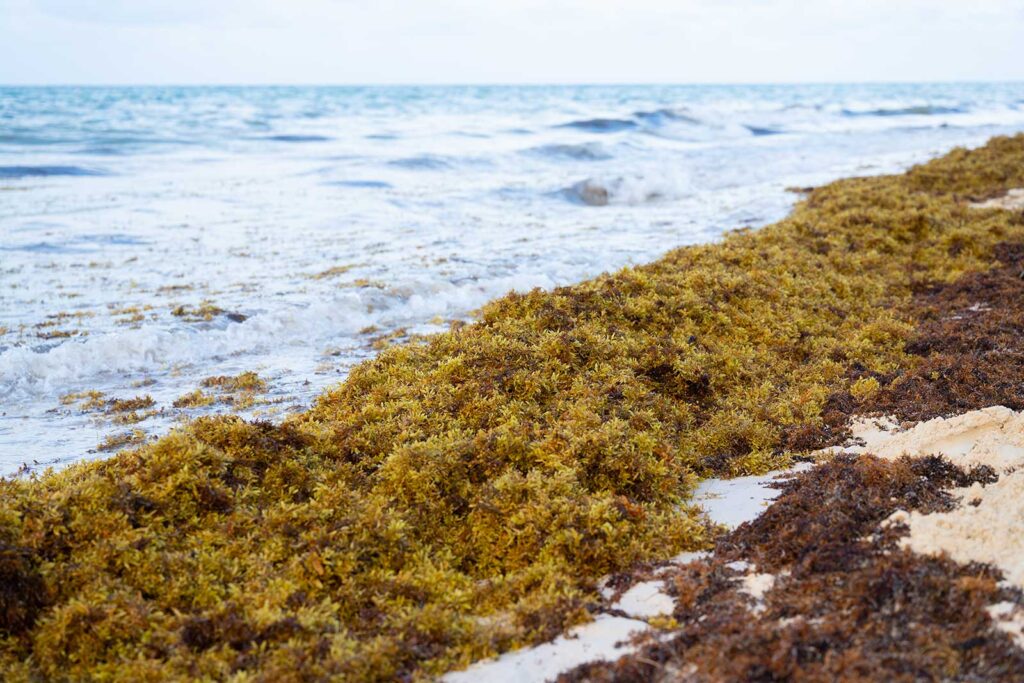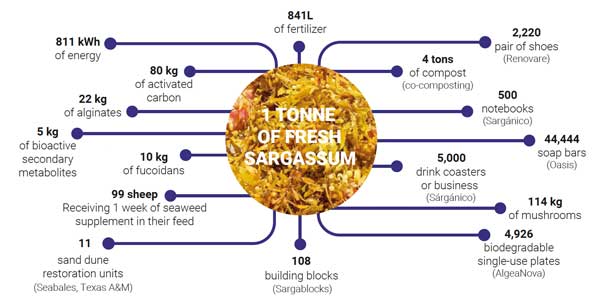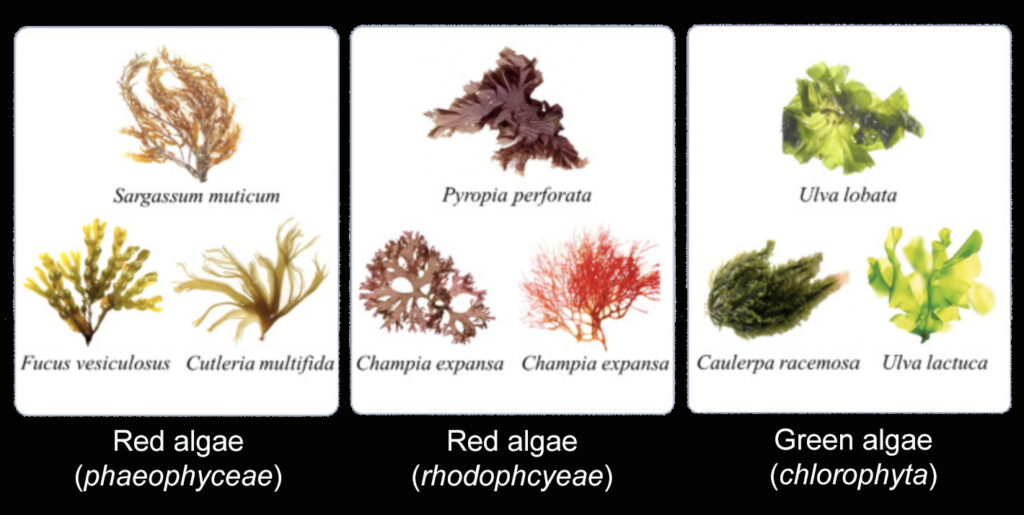Seaweed
Seaweed - a Blessing and a Curse

As a result of the warming of the oceans, favourable growing conditions have led to the world’s beaches being overrun with seaweed. If not Mexico and the Caribbean with floating sargassum seaweed, then the UK with kelp.
It can cost as much as $1.5 million per kilometre per annum to clear the beaches, which costs in particular the resorts headaches and expense and erodes the sand so that beaches need to be replenished from dredging.
The harmful effects are myriad according to a recent UN survey:


Weighted against the negative and harmful attributes of sargassum seaweed, a whole industry has exploded to capitalise on the suitability of sargassum as a raw material.

Varieties of Seaweed

The world’s sea-forests cover an area equal to the entire Amazon rainforest, but they are spread along the global coastlines and are at least twice as productive in terms of biomass. Seaweed farming occurs on a significant scale in Asia, but the West wild harvests 99% of its production – operating at the level of stone age hunter gatherers. We are therefore on the verge of a new era, as pivotal as the advent of agriculture in the Neolithic period.
There are believed to be 12,000 species of macroalgae (seaweed), divided into red, brown, and green categories, based on their different combinations of photosynthetic pigments.
Seaweeds have complex and different means of reproduction, which may include crustacean pollination, like bees on land. Brown algae are thought to have derived from red algae around a billion years ago, but red and green algae share no common ancestors in the plant world. Green algae is more closely related to oak trees, strawberries, and roses than it is to red algae!
